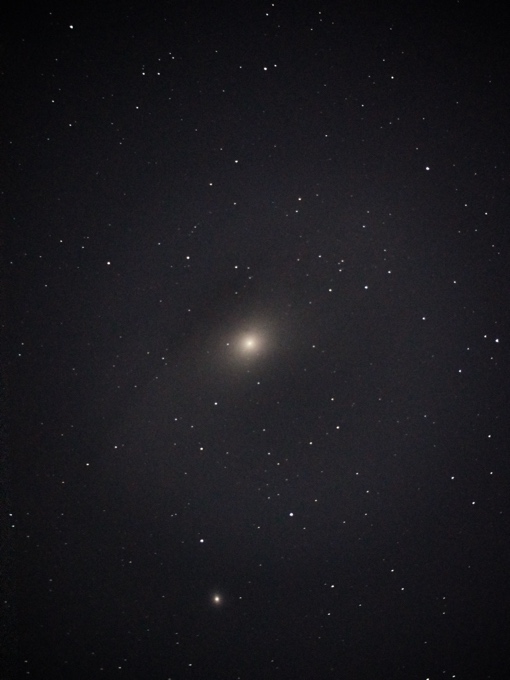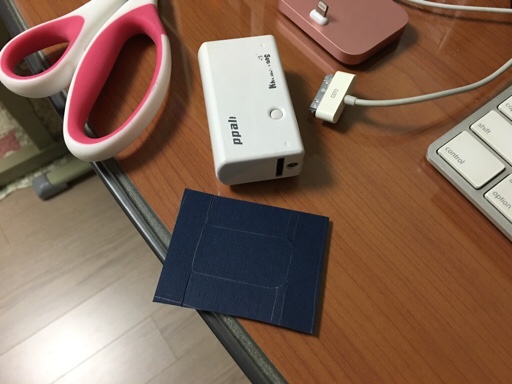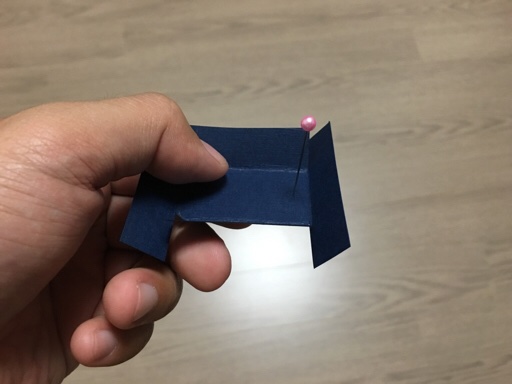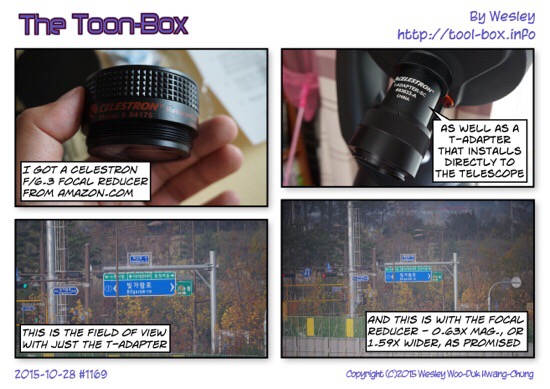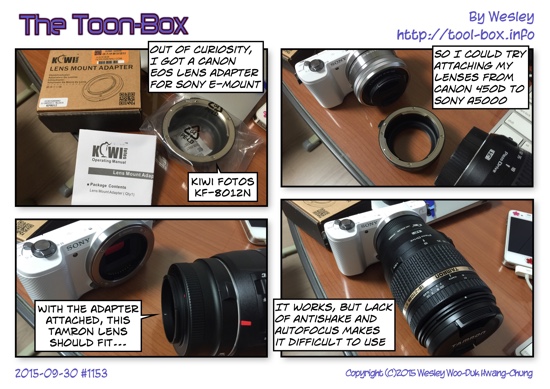Andromeda Galaxy through the fog
Posted by Wesley onWith the recent purchase of Celestron f/6.3 focal reducer (as mentioned in The Toon-Box) and the fine-tuning of the secondary mirror collimation, I've been quite eager to do some deep sky photography. Alas, the autumn sky at Naju has not been very cooperative.
For some reason, the days without clouds experienced thick fogs (and possibly smogs) and the days without fogs experienced cloudy sky. As the former at least provided some visibility near the zenith and because the constellation of Andromeda is currently very high up in the evening, the Andromeda Galaxy became the obvious target when the opportunity came.
The best three photos from the shooting session were manually stacked and processed, resulting in what you see above. It seems that the fog blocked much of the structural details of the galaxy, but you can still see a bit of it near the core. Also, the satellite galaxy known as Messier 32 (M32) are clearly visible in the bottom as well. I'll be trying on the Moon & Skyglow filter under a better weather condition to see if I can improve upon this.
(Note: M32 was misidentified as M110 earlier, and has now been corrected)
Telescope: Celestron NexStar 6SE + f/6.3 focal reducer
Device: Sony A5000 (prime focus)
Settings: (945mm) - ISO 1000 - 30s - (f/6.3)
Filters: None
Time: 2015-11-03 20:25-20:45 KST
Location: Naju, Korea
3 photos stacked
Defined tags for this entry: Andromeda, astronomy, Celestron NexStar 6SE, focal reducer, galaxy, Sony A5000, star, telescope
